
A significant line of thunderstorms is expected to sweep across the central and southern United States, from northeastern Kansas to Texas and New Mexico, bringing the threat of baseball-sized hail, torrential rain, and destructive tornadoes.
These storms will likely cause extensive property damage and pose a serious risk to life and infrastructure. The severe weather outbreak is happening as parts of the central United States, particularly Oklahoma, are still recovering from a deadly storm system that spawned multiple tornadoes and flooding, killing at least three people.
Flood warnings are still in effect across parts of several states as rivers fill with runoff. This new wave of storms is expected to continue this week, and it could push heavy rains into the Mississippi and Ohio valleys by April 25, complicating recovery efforts and increasing flood risks.
Tornadoes and Severe Storms in the U.S.
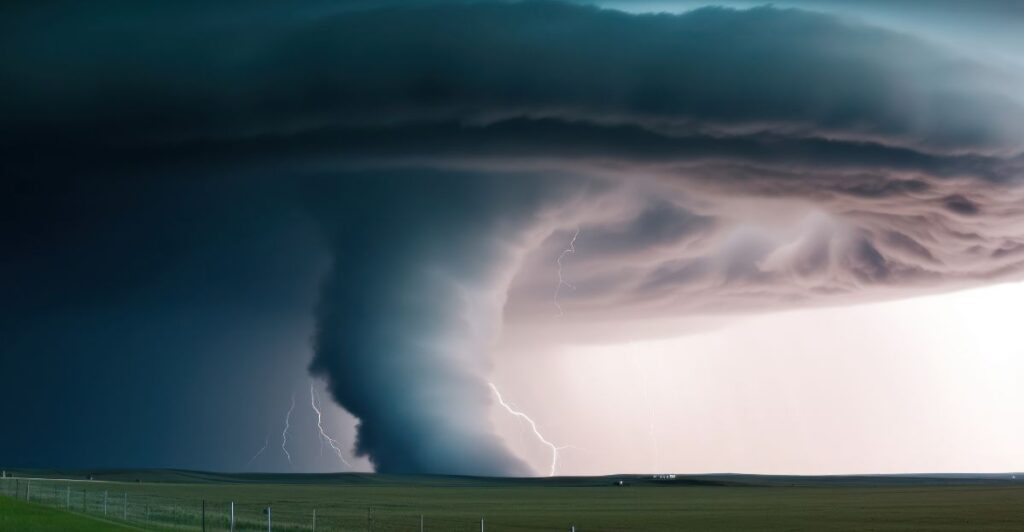
The central United States has a long history of deadly tornado outbreaks and severe weather events. Historically significant tornado outbreaks, like those of the 1960s, generated dozens of tornadoes with high fatality counts and widespread destruction.
One such outbreak, on Palm Sunday in 1965, resulted in 55 tornadoes and 266 deaths, making it one of the most powerful tornado outbreaks in the United States’ history. Those outbreaks typically include violent tornadoes (rated F4 or F5), large hail, and heavy rains, similar to the conditions predicted for the current storm system.
This creates a delicate balance of warm, moist air masses meeting cold fronts and low-pressure systems, providing the ideal conditions for these severe weather phenomena to occur. It underscores the region’s persistent vulnerability to such natural disasters.
Oklahoma’s ‘Historical Weather Event’ and Its Aftermath
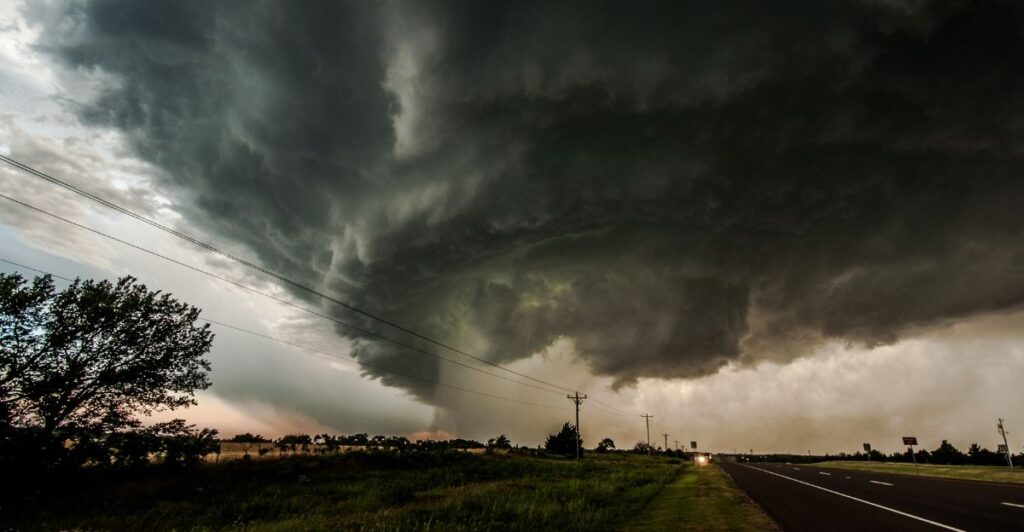
Oklahoma recently endured a “historical weather event”, featuring multiple tornadoes and heavy flooding. One tornado in Spaulding destroyed homes and caused some casualties, while floodwaters claimed at least three lives, including a 12-year-old boy.
A vehicle with two deceased persons inside was trapped by floodwaters, the Moore Police Department reported. Such events are once again demonstrating how quickly storms of this magnitude can escalate into life-threatening emergencies that strain local infrastructure and disaster response systems.
The new forecast of a series of storms looming on the horizon threatens to worsen these conditions, hindering recovery and increasing risks to residents in affected areas.
Why Baseball-Sized Hail and Tornadoes Are Likely

The forecasted storms will be fueled by a powerful cold front colliding with warm, moist air from the Gulf of Mexico, a situation that will create atmospheric instability conducive to powerful storms.
Such conditions are conducive to the development of supercells that are capable of creating large hail, as large as baseballs, and tornadoes. However, the presence of strong wind shear and moisture increases the likelihood of rotating storms that spawn tornadoes.
Both AccuWeather and the National Weather Service have said the extreme weather could damage property and cause life-threatening conditions. The meteorological factors are consistent with patterns seen in past severe storm outbreaks, reinforcing the credibility of the forecast.
Impact on Communities and Emergency Response
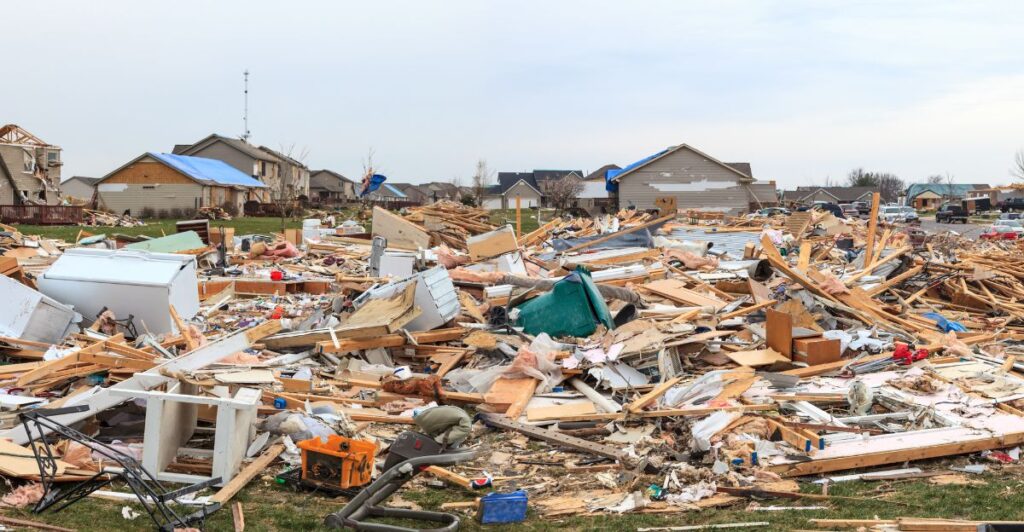
The recurrence of severe storms, bringing large hail and destructive tornadoes, poses a continuing threat to communities in the central and southern U.S. These powerful storms can produce catastrophic damage to property, including homes, businesses, and critical infrastructure like power lines and roads.
Flooding worsens these problems and interferes with evacuation and rescue efforts. Emergency management agencies must now prepare for and respond to multiple hazards simultaneously, a challenging task under the best of circumstances.
There’s also the psychological impact that those affected populations experience, from trauma to displacement. These storms challenge local governments and reinforce the need for strong disaster preparedness and communication systems.
Environmental and Economic Consequences of Severe Storms
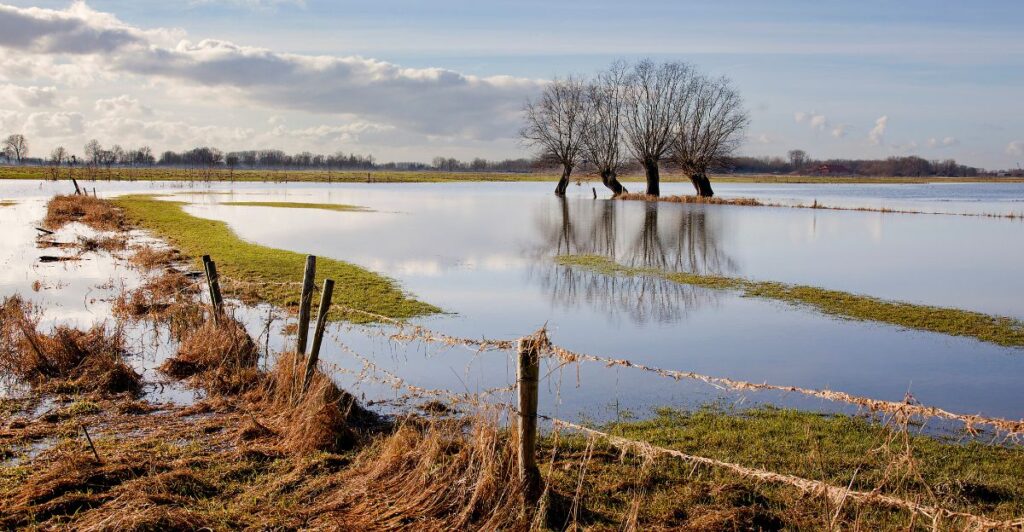
In addition to their immediate human impacts, severe storms wreak havoc on the environment and the economy. Damage to crops and vegetation from large hail can disrupt local agriculture and food supply chains.
Floodwaters erode soils and pollute water supplies, while tornadoes can alter landscapes and ecosystems. These events cost billions every year in repairs, insurance claims, and lost productivity.
History has shown that recovery from storms can take years, draining public and private resources. The forecasted storms would only add to these burdens, especially in areas that are still recovering from recent disasters.
Understanding the Frequency and Severity
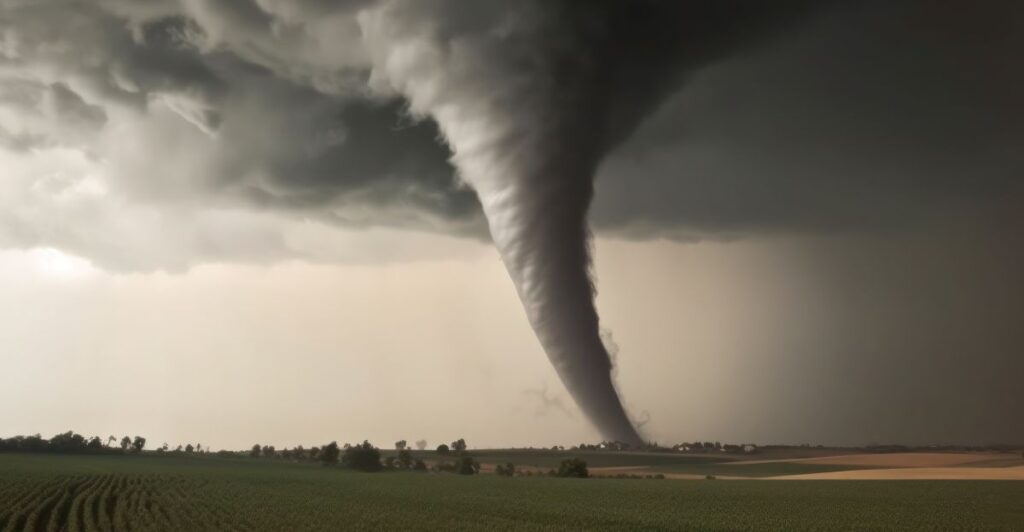
While the narrative often focuses on the rarity of such extreme events, some climatologists argue that severe storms are becoming more frequent and intense due to climate change.
Warmer temperatures increase atmospheric moisture, which feeds stronger storms. However, skeptics warn that natural variability is a major factor, and attributing singular events to climate change remains complex.
This debate matters because it influences public policy implications, affecting how we allocate resources for disaster mitigation. In fact, the new outbreak, with the potential to spawn baseball-sized hail and violent tornadoes, may be a harbinger of changes in the baseline of severe weather, requiring preparedness strategies to be adapted.
Using Technology and Community Resilience
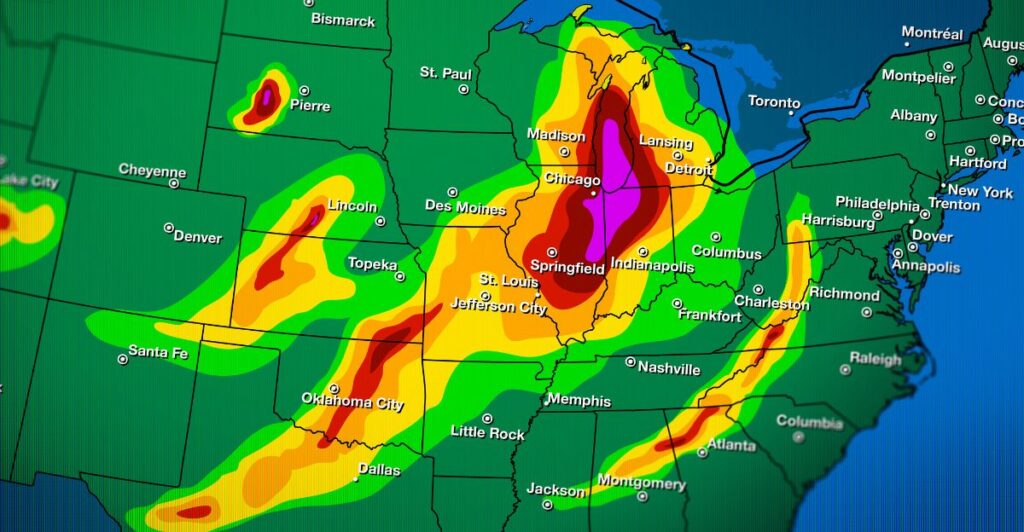
New strategies are required to reduce the impact of extreme storms like this one. Advances in meteorological modeling and real-time radar technology help improve early warning systems and allow communities more time to prepare.
Social media and mobile alerts enhance communication, and community-based disaster preparedness programs build local resilience. Some infrastructure, such as storm shelters and reinforced buildings, can be designed or retrofitted to withstand hail and tornado damage.
This will enable psychological support services to be integrated post-disaster to help address trauma. These strategies, along with coordinated emergency response, can mitigate casualties and economic loss in future extreme weather events.
Cascading Effects on Infrastructure and Public Health

Severe storms with large hail and tornadoes have cascading effects that extend beyond immediate damage. Power outages can wreak havoc on health care facilities, water treatment plants, and transportation networks, potentially leading to public health crises.
Flooding also leads to mold growth and waterborne diseases. People’s loss of homes overwhelms social services and shelters. Economically, businesses face interruptions, and insurance markets may be unstable.
These secondary impacts highlight the interconnectedness of modern society and the need for robust disaster preparedness that anticipates multi-layered consequences of extreme weather outbreaks.
The Need to Recognize and Prepare for Increasing Storm Severity
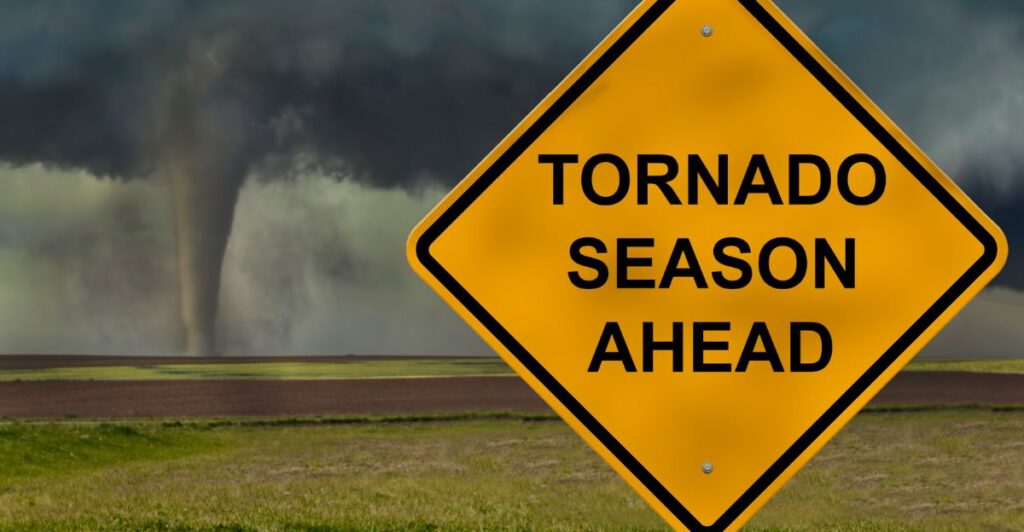
The forecast of powerful storms unleashing baseball-sized hail and destructive tornadoes is not just a weather event but a wake-up call about the ever-growing dangers posed by severe weather across large parts of the central and southern United States.
As historical precedents confirm the destructive potential of such storms, recent events in Oklahoma highlight the human cost. The meteorological conditions driving these storms are well understood, and their societal, environmental, and economic impacts are profound.
To defend the argument for the seriousness of this threat is to advocate for increased awareness, investment in resilient infrastructure, and enhanced emergency preparedness. Only through such comprehensive action can communities hope to withstand the increasing onslaught of extreme storms.
Explore more of our trending stories and hit Follow to keep them coming to your feed!

Don’t miss out on more stories like this! Hit the Follow button at the top of this article to stay updated with the latest news. Share your thoughts in the comments—we’d love to hear from you!







